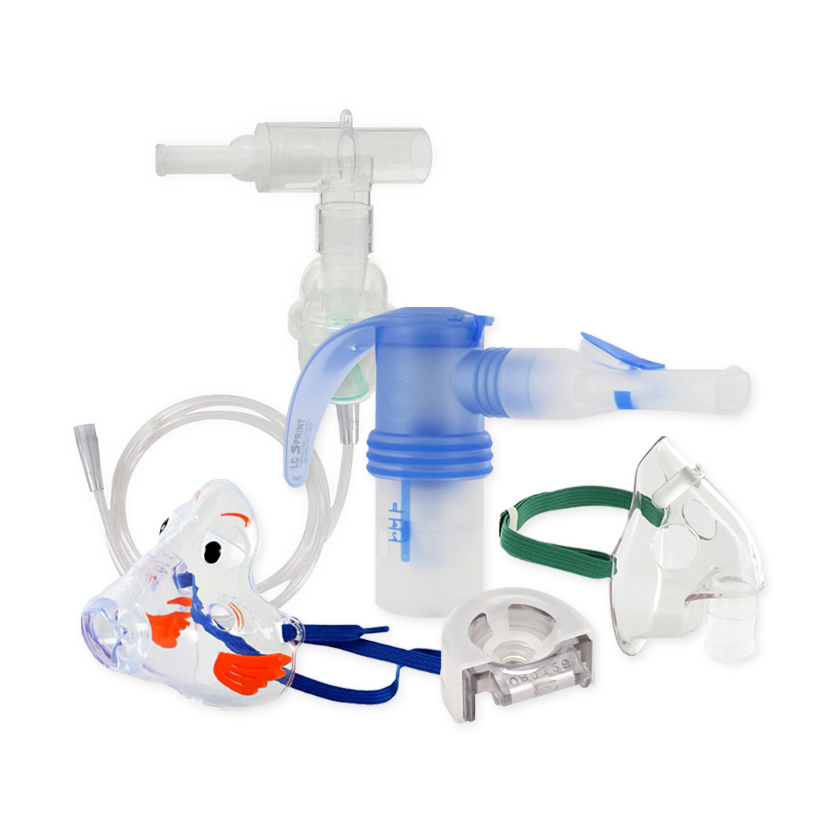Your Cart is Empty
Free Shipping on all orders over $75!
Menu

Free Shipping on all orders over $75!
Nebulizer Systems
Travel Nebulizers
Nebulizer Accessories
Just For Kids
Oxygen Supplies
Thunderstorm Asthma
August 01, 2014 1 min read
 Thunderstorm asthma is a thankfully rare, but still dangerous phenomenon in which people’s asthma and allergy symptoms get worse immediately following a thunderstorm. Why? Scientists don’t know. But they have a guess.
Thunderstorm asthma is a thankfully rare, but still dangerous phenomenon in which people’s asthma and allergy symptoms get worse immediately following a thunderstorm. Why? Scientists don’t know. But they have a guess.
The theory is that thunderstorm winds lift pollen, mold spores, and other allergens into the air where rain drops pummel them into tiny pieces. Then the pieces fall back down and are breathed in. It’s also possible that the static electricity created by the thunderstorm causes the particles to be more likely to stick to one’s lungs, making symptoms worse.
Thunderstorm asthma is an uncommon phenomenon; there have only been 35 scientific publications about it. It does not occur during the majority or thunderstorms, nor does it affect the majority of asthmatics. For example, a 2008 study which looked at 12 years of data found that emergency room visits related to asthma attacks were only 3% higher than usual during the 24 hour periods after thunderstorms.
Another interesting thing about thunderstorm asthma is whom it affects-- often it’s those with mild asthma or those who have never even been diagnosed with asthma before. This is in part because those with mild asthma or who haven’t been diagnosed often don’t carry inhalers or nebulizers.
Fortunately, thunderstorm asthma is rare. But still, if you live with asthma and you know a storm is approaching, it’s a good idea to make sure you have your inhaler or nebulizer on hand.
Subscribe
Sign up to get the latest on sales, new releases and more …

NEW CUSTOMERS SAVE $5 OFF YOUR FIRST PURCHASE OF $20 OR MORE
Code will be sent to email entered if applicable
SIGN UP FOR FUTURE SALES, NEW PRODUCTS AND ANNOUNCEMENTS
{"themeColor":"#061f77","iconColor":"#061f77","showLogo":true,"topBottomPosition":0,"rightLeftPosition":5,"iconSize":"large","iconCustomSize":64,"position":"middle-right"}



